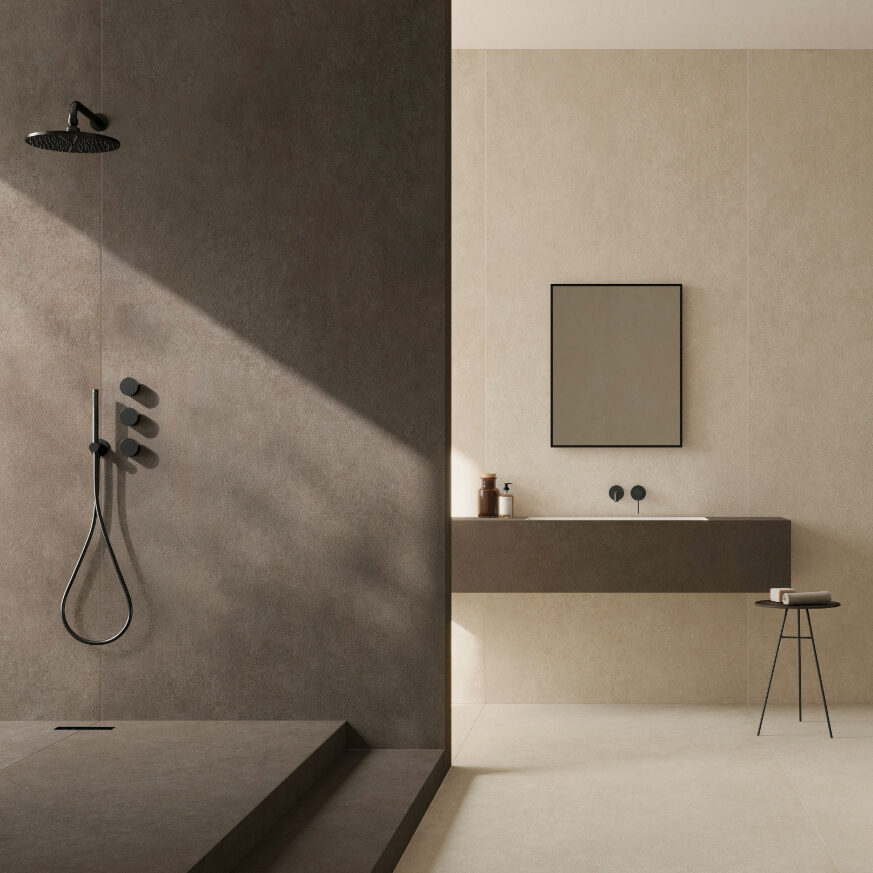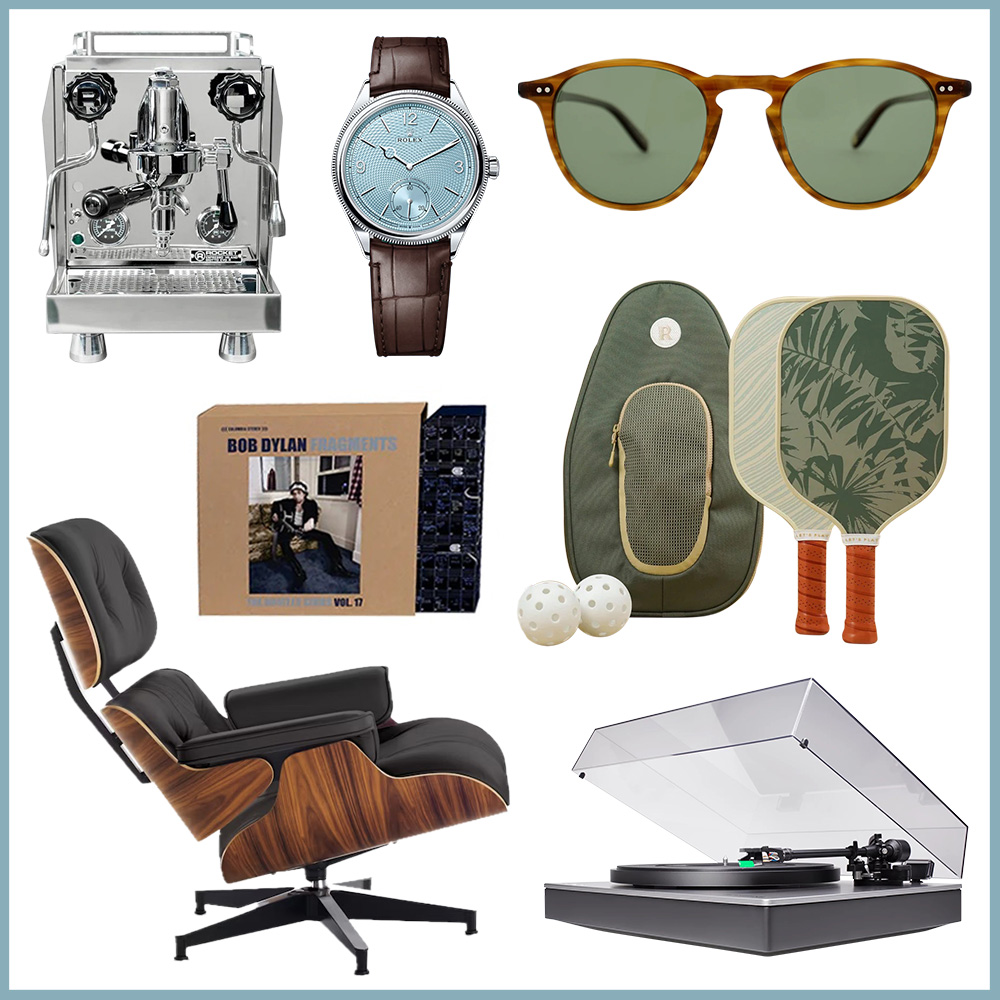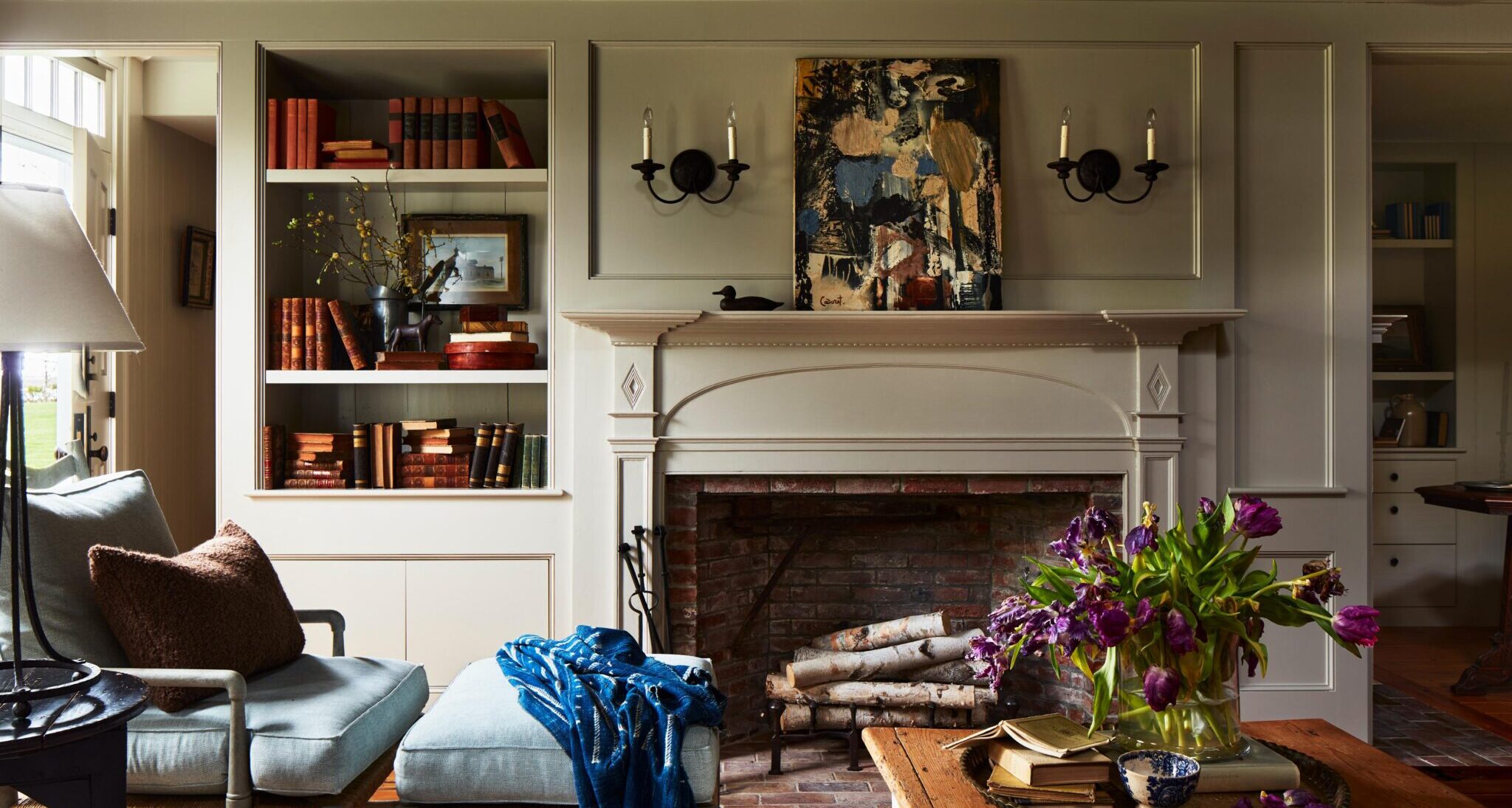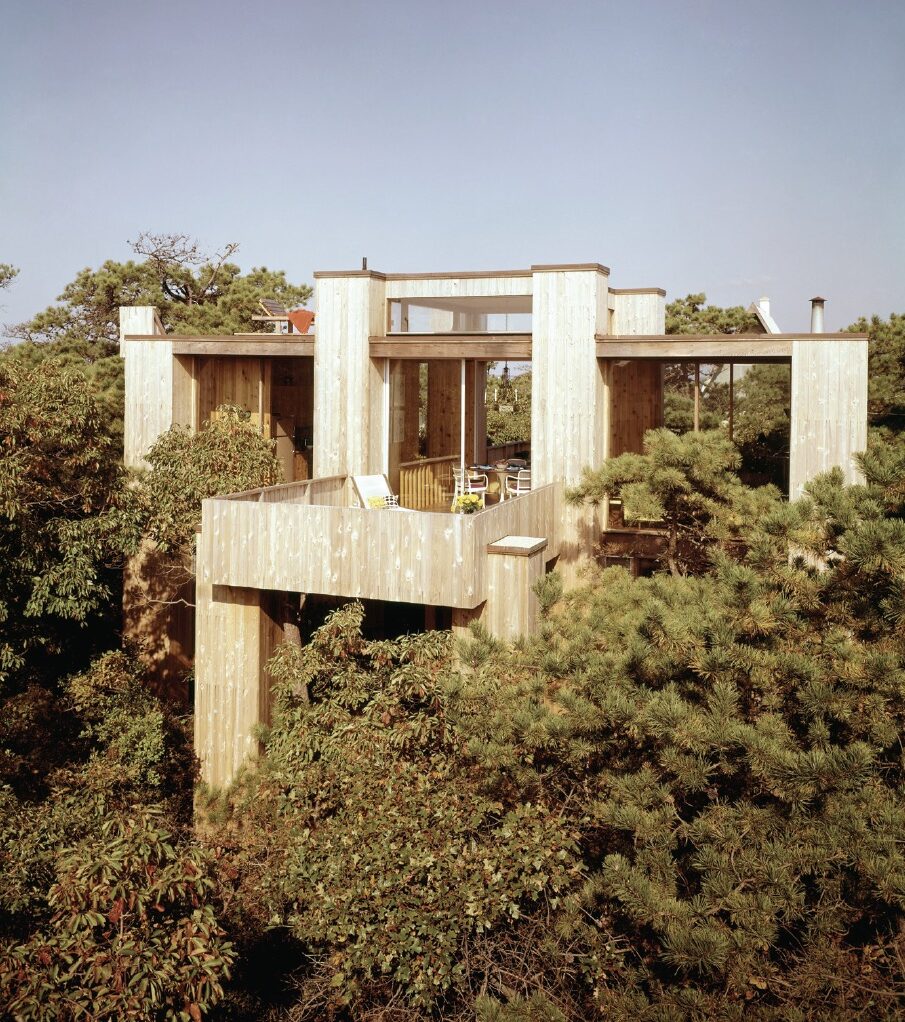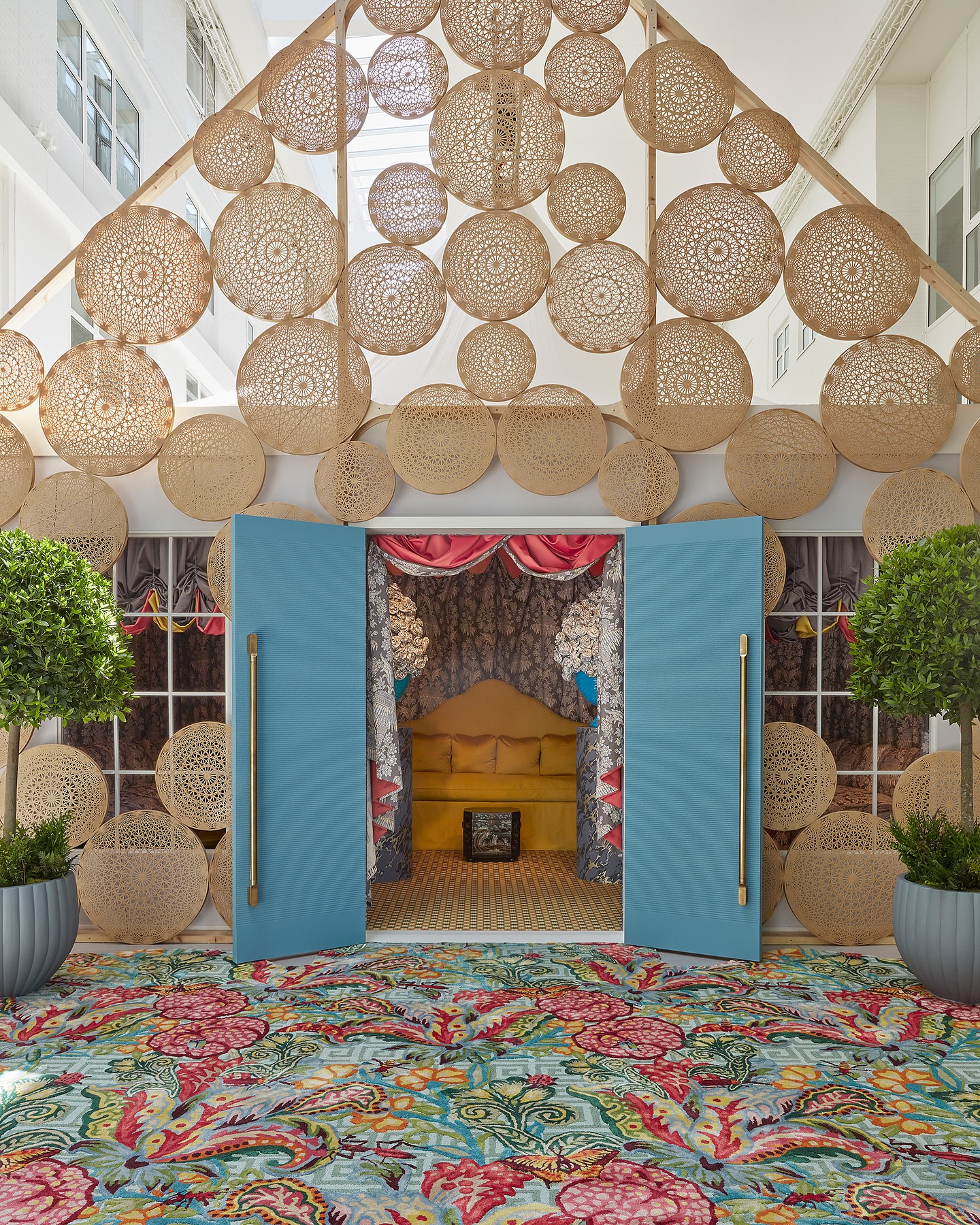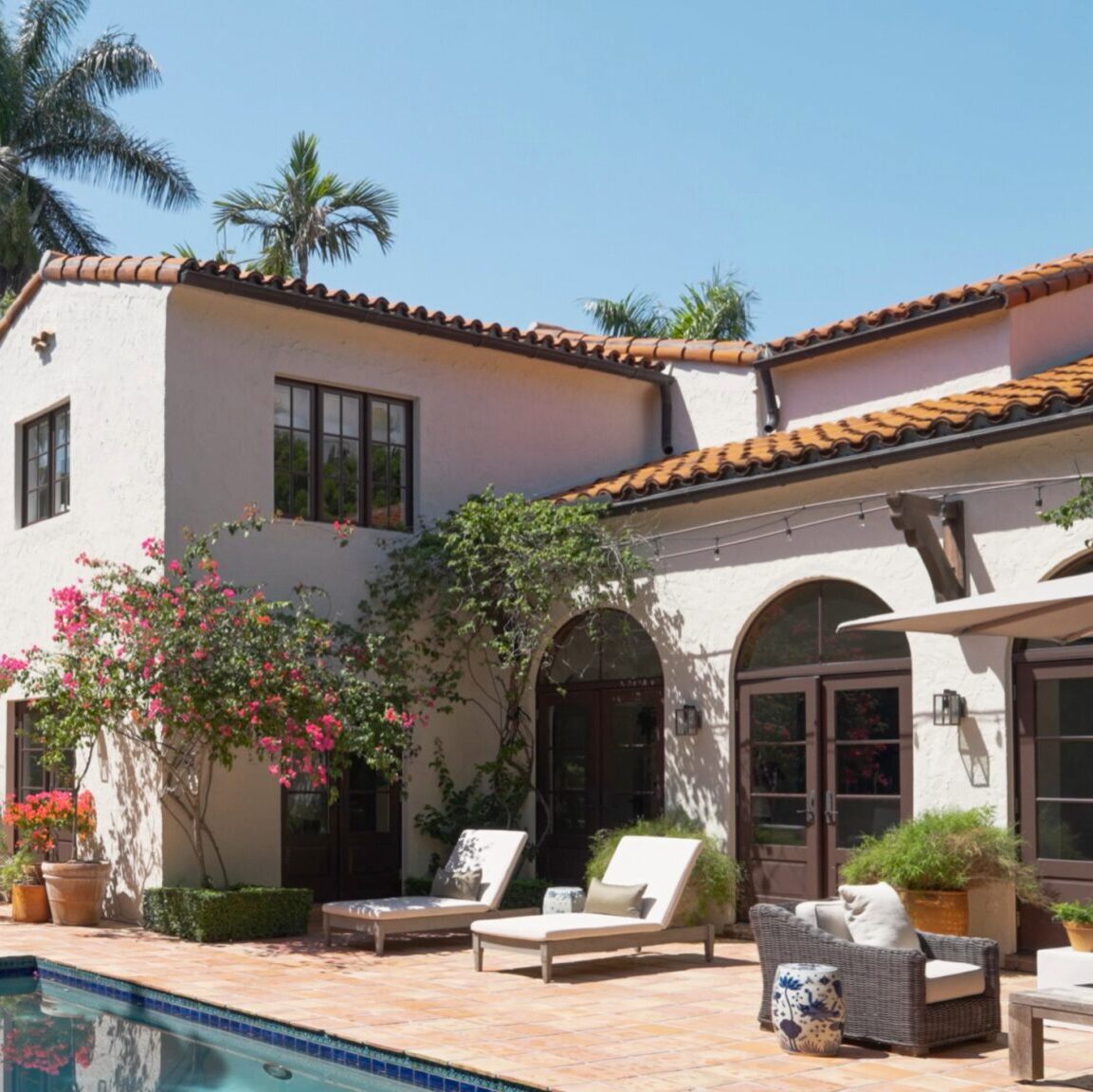New England is rife with historic homes, but what seems remarkable is that any have survived intact for hundreds of years, especially those subject to seaside wear and tear. Meet Paddock House, a quintessential Cape Cod saltbox built in 1660 with its only addition occurring just a couple of decades or so later. Despite being moved twice, its inherent character remains—and, one may be bold enough to posit, perhaps even improved in this century.
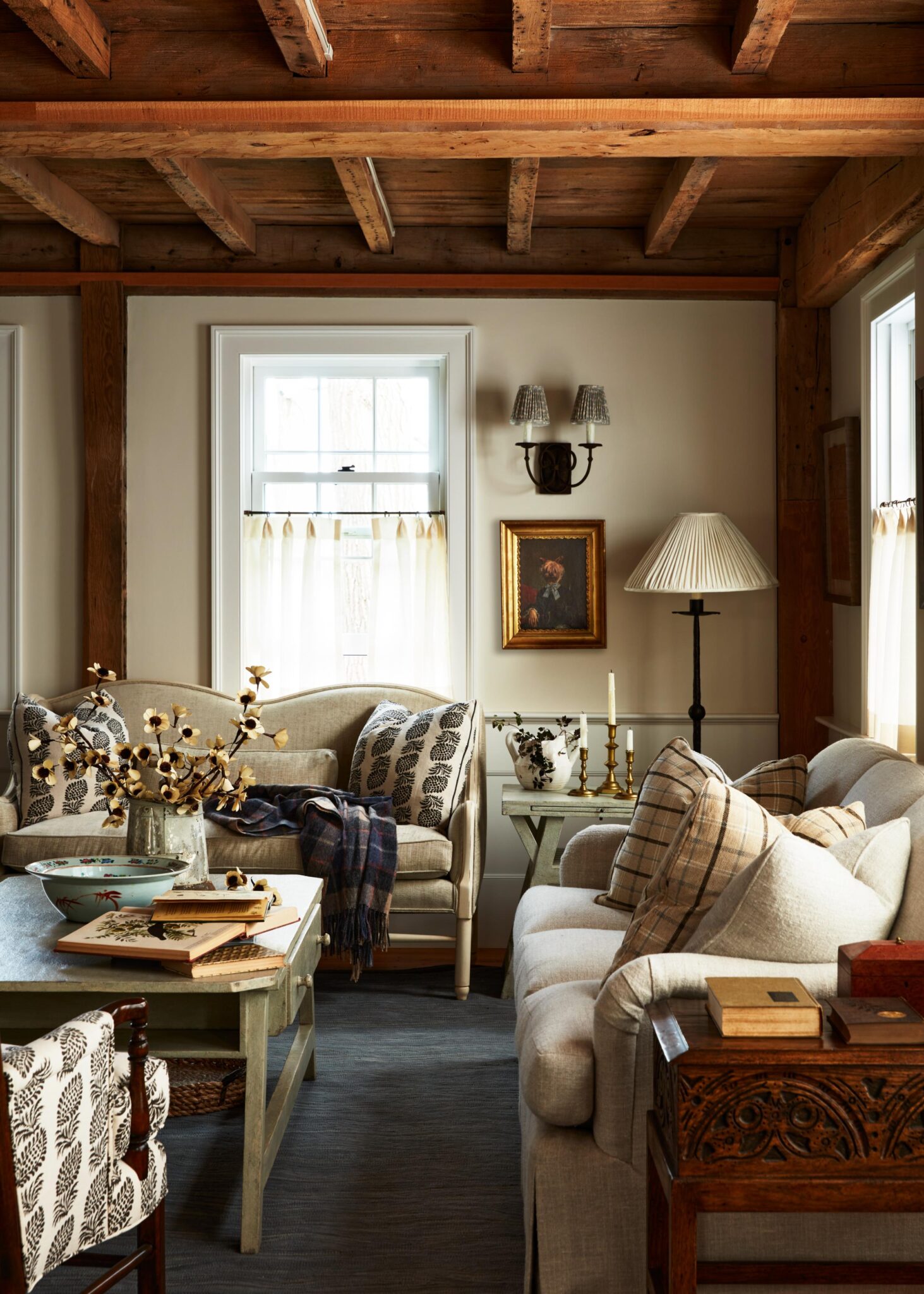
The parlor reflects the original owners’ nautical past with a wave patterned woven rug, plaids, brass accents, and plenty of Americana befitting its location and age. “Restoration of the original ceiling was at the forefront of priorities in this room, and we worked with Mazon Lighting to skillfully highlight the centuries-old patina with components that are artfully hidden;” says Csongor.
Jared KuziaWhen the owners of Paddock House hired SLC Interiors to oversee a full renovation, the Boston-based design team discovered that, hiding behind the walls in the entry stairway, were the original lath and plaster markings. “We salvaged the materials and were able to create this showstopping two-story entry hall,” says Natalie Lebeau, principal of the firm. “It is a brilliant textural element that really brings the history of the home to the forefront.” While these materials would likely be scrapped in a typical renovation, the house’s owners were intent on preserving as many original features as possible, much to the delight of the everyone working on the project.
-
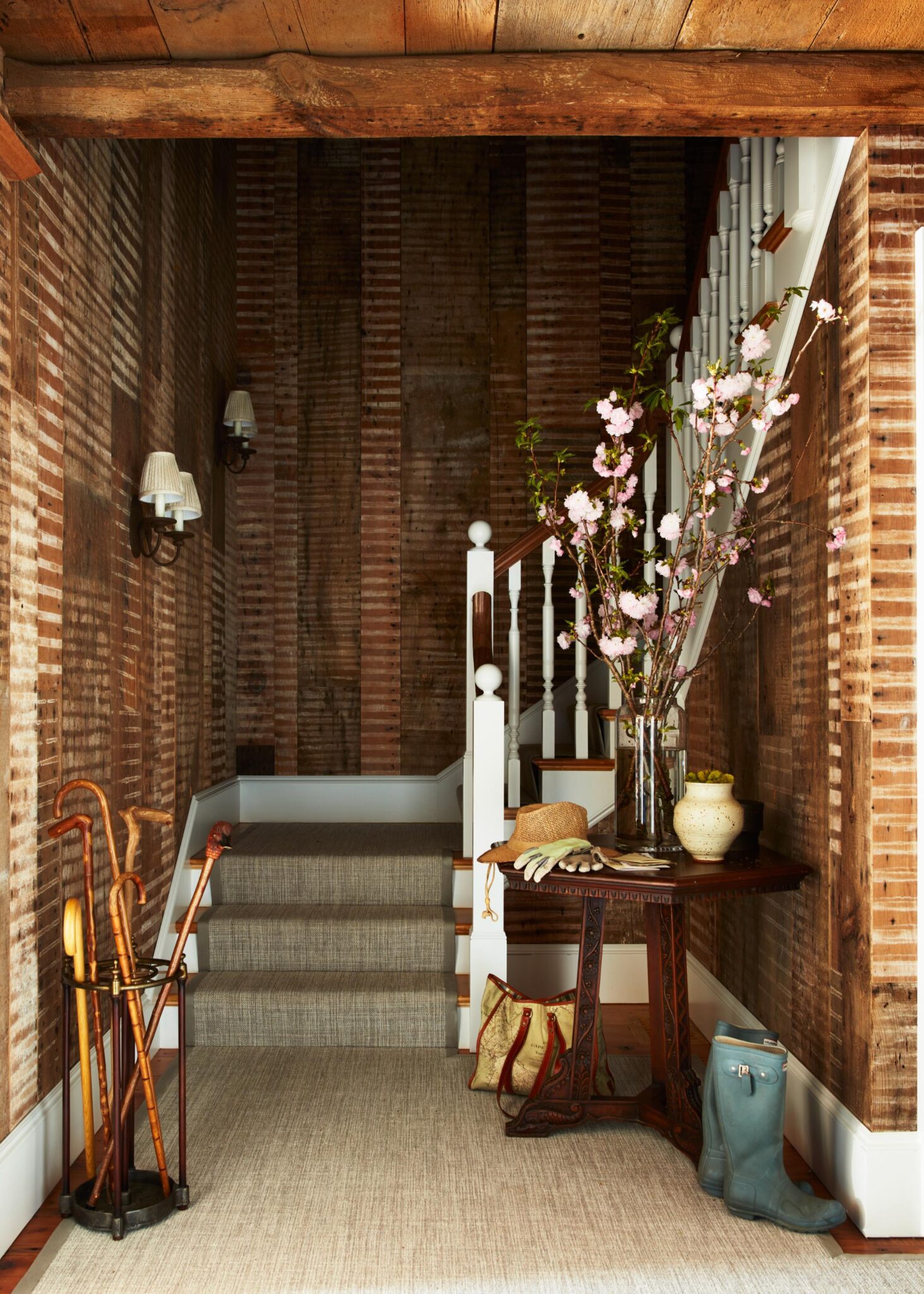
The minute guests step into the home, they can appreciate the history of the place as Csongor explains: “In this two-story entry, old plaster and lath boards were salvaged from the original walls to create a striking and dramatic impression upon arrival.” Sconce by Ironware International through Studio 534.
Jared Kuzia -
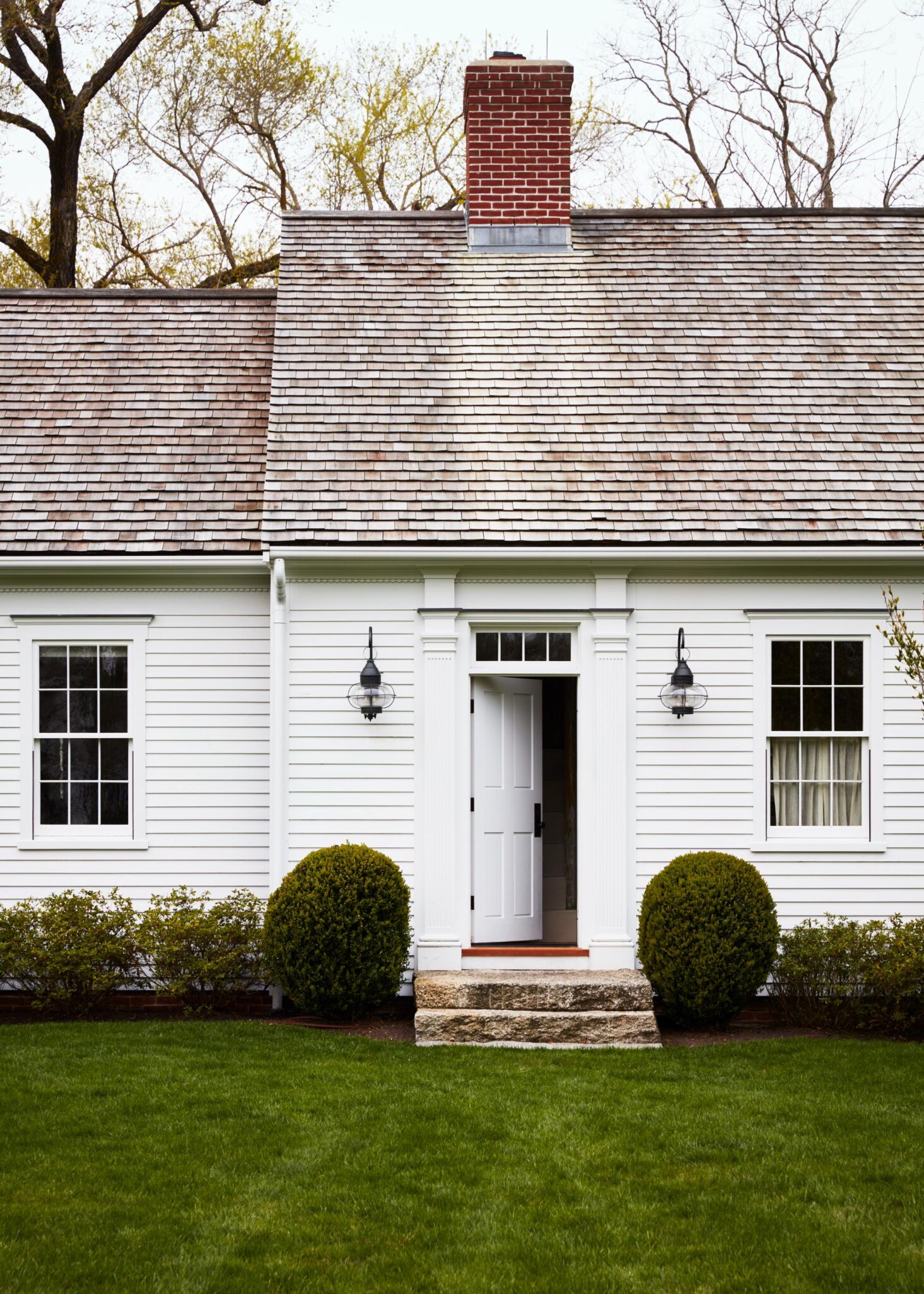
The classic Cape Cod saltbox Paddock House, built circa 1660, was doubled in the late 1680s; the adjoining structure mirrored the existing floor plan of the original and was accessed by a separate entrance, the thought being that one of the family’s adult children and his family lived in the addition.
Jared Kuzia
When the attic floor came off, more of the architectural detailing came to the forefront—including the original antique heart pine wide-plank flooring, which was restored and re-installed using traditional square nails—allowing for taller ceilings and doorways on the second floor and exposing much of the original joinery and structural elements.
To highlight the exposed beams, the designers opted for a quiet palette on the walls. “We didn’t want bold tones to compete with the architecture or feel too busy,” notes SLC founder Susanne Lichten Csongor. Early American furnishings—primarily Shaker-style—lend a feeling of authenticity. Even the newer pieces, most of which had to be custom made given the smaller size of the historic rooms, still look hundreds of years old. The overall effect isn’t that of a museum, though: “We didn’t want the house to be too formal, so we used fabrics that are slightly more forward, cheery, and off-beat as a foil to the traditional furniture,” says Csongor. “And we employed some more unusual colors, like spring green and soft coral in the upstairs sitting area.”
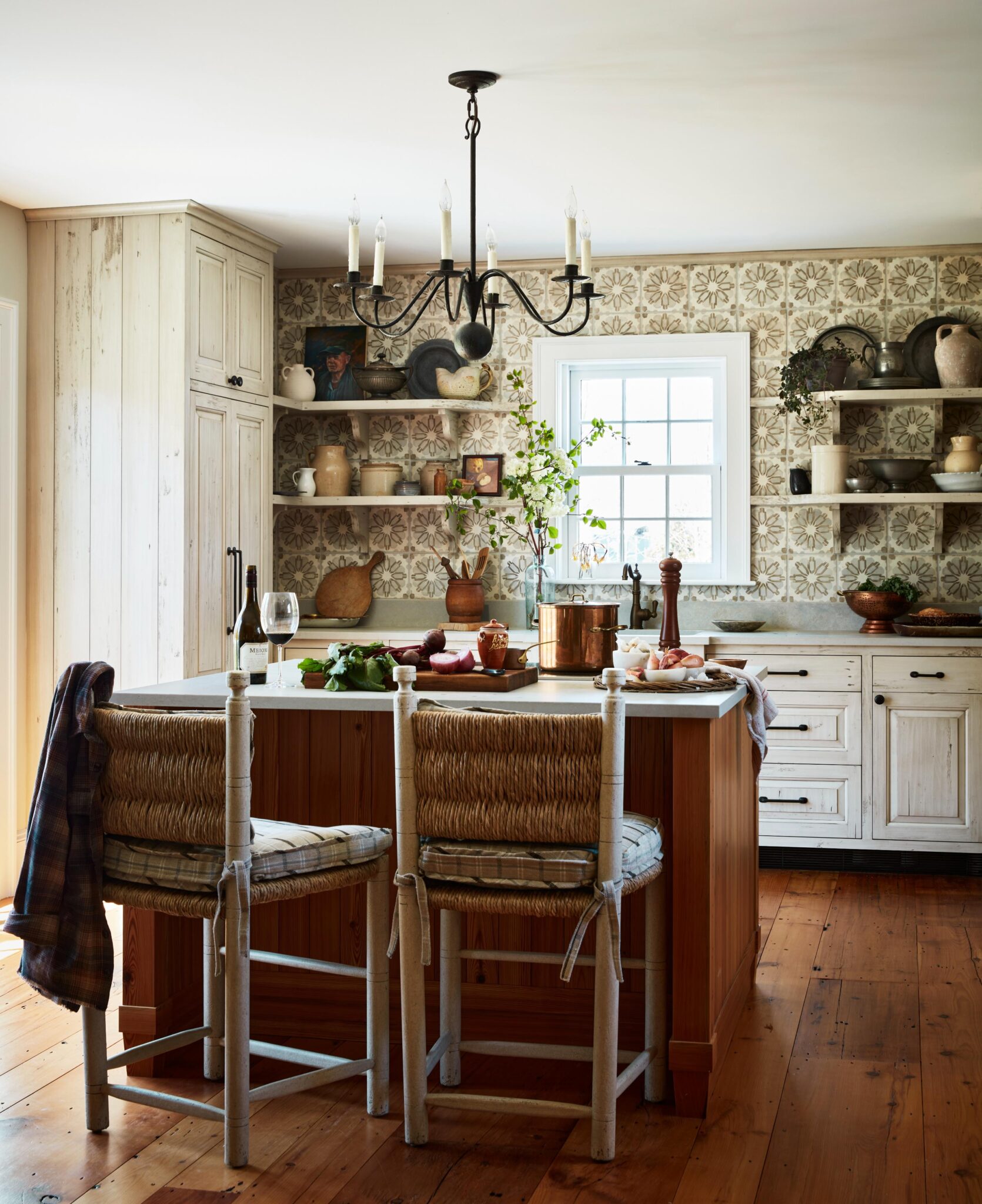
Muted gray and off-white hand-painted terra cotta tiles from Tabaka Studio bring some magic to the kitchen and play off the distressed cabinetry, made to look original to the house. Open shelves provide an ideal backdrop for displaying assorted pottery from Wildflower Pottery & Butternut Farm Antiques and small pieces of art. Mulligan’s chandelier and counter chairs.
Jared Kuzia-
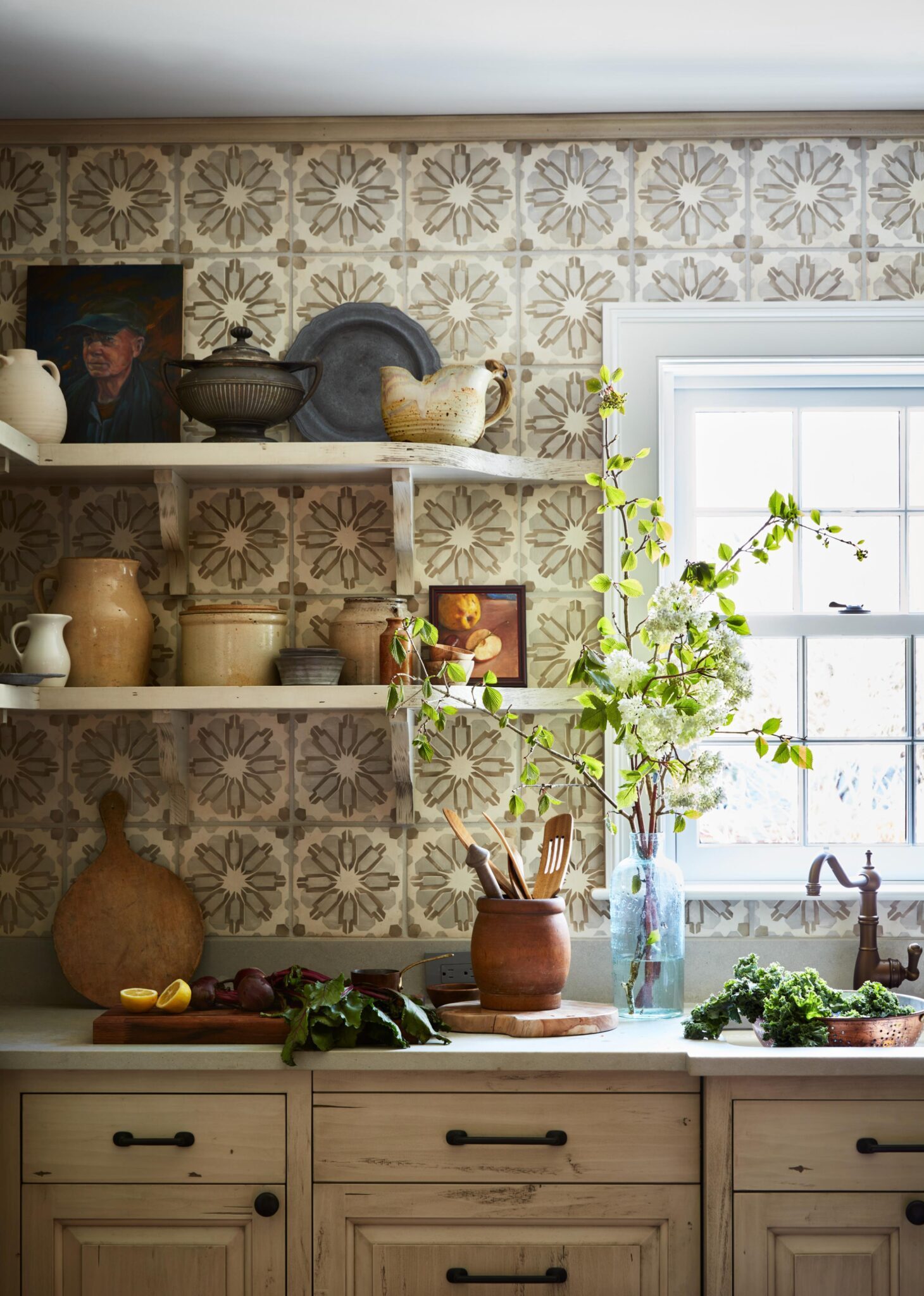
Countertops in honed Lagos Azul quartz, Perrin & Rowe faucet, portrait painting by Karin Lidbeck-Brent, and still life by Julian Merrow Smith.
Jared Kuzia -

In the cozy inglenook, all the original millwork was restored and painted in Benjamin Moore’s Ice Formations and the fireplace brick hearth is also from the original home.
Jared Kuzia
Csongor and Lebeau also looked to the past when choosing the floor coverings, selecting traditional cotton hooked rugs from Steven King, including a blue wave–patterned rug for the parlor that references the home’s nautical past (Ichabod Paddock was considered to be instrumental in the invention of modern-day whaling). “The rugs a fantastic, handcrafted element that feels effortless and casual,” says Lebeau. The chandeliers and sconces, all hand-forged by Ironware International, feel similarly old-fashioned, but were given a fresh update with custom shades in Fermoie fabrics.
Simple café curtains and roman shades dress the windows, and period appropriate art fills the walls. “Susanne loves personally curating the art throughout a project and frequently sources at auctions like Skinner and Doyle,” says Lebeau. “We took the pieces and had them reframed, which preserves the original integrity but makes them work in a more up-to-date interior.” The mix includes old cross-stitch designs, folk art landscapes, portraits, seascapes, and abstracts for guests to take in and admire.
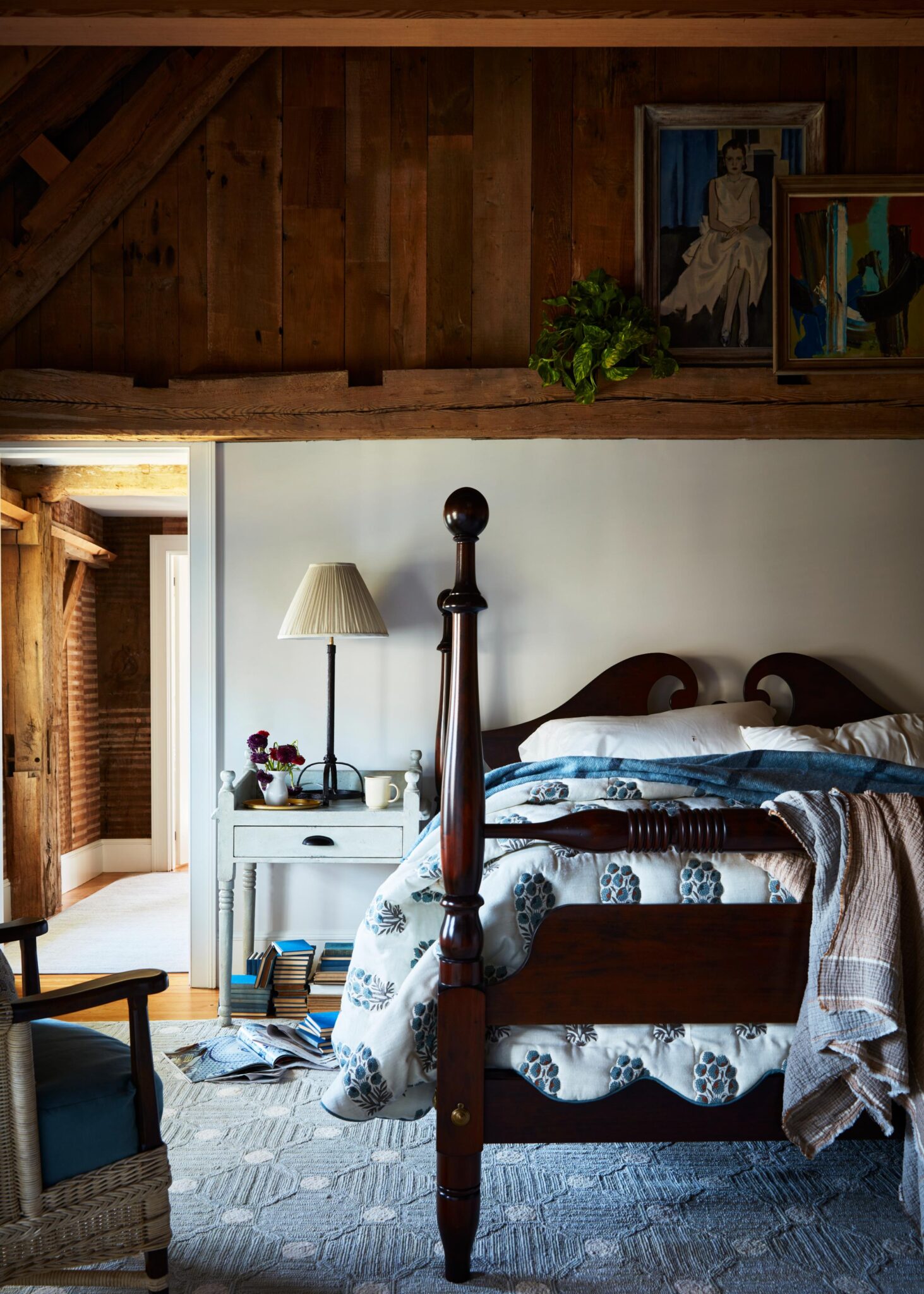
For the primary bedroom, Csongor and Lebeau introduced a symphony of blues with a custom quilt in a Holland & Sherry fabric and a Steven King cotton hooked rug, and a Coyuchi blanket. Side table, wicker chair, and lamp from Mulligan’s through M-Geough; Scott James Furniture custom cannonball bed; E. Braun & Co. bed linens.
Jared KuziaWhile the designers respected the house’s age, they made sure it didn’t take itself too seriously by including unexpected details like hand-painted tiles with a floral motif in the kitchen; a bold teal custom designed bench in the inglenook; a bright green patterned lamp shade and tramp art mirror in a guest bath; and a Moroccan-influenced patterned rug in the primary bedroom.
With its historic details so beautifully preserved and on display, the whole home feels like a warm embrace beckoning all who visit to experience its treasures and centuries of charm. “It’s very comfortable and everything is meant to look very lived in,” says Lebeau. “It’s the kind of place where you feel free to kick your shoes off!”
-
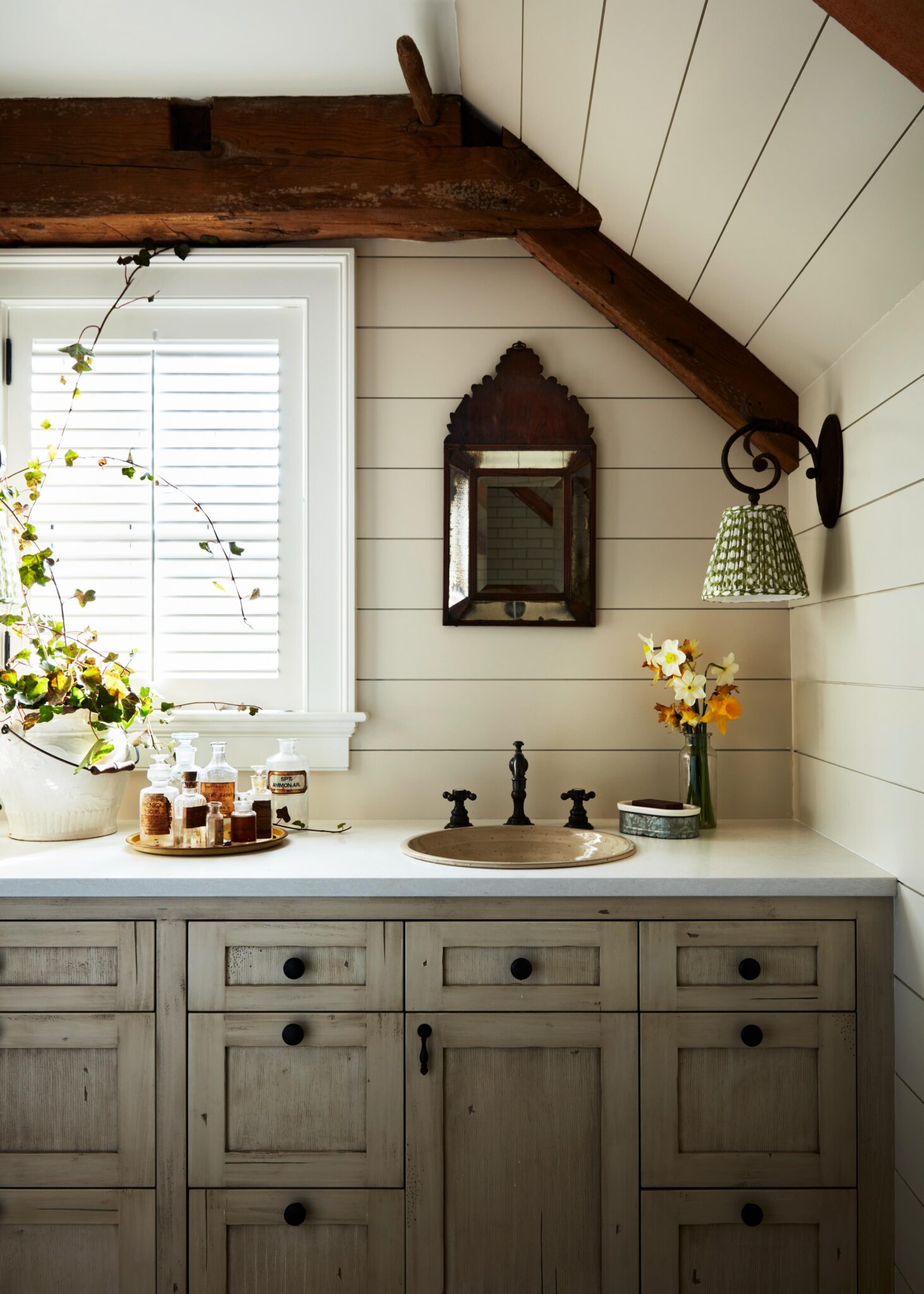
In the guest bathroom, “We were eager to show off the unique beauty of the original structure, but it left a somewhat awkward space for the vanity, so we came up with a carefully edited design and used the same distressed finish as in the kitchen, complete with pitting and wormholes,” says Lebeau. Mirror by Friedman Brothers, sconce by Ironware International with a Fermoie shade.
Jared Kuzia -

Fortunate guests will delight in the second-floor sitting room with its soaring ceiling heights (most wood is original) and generous upholstery. Custom armchairs in Carleton V’s ticking stripe; Holland & Sherry block print roman shades; Ironware International sconces.
Jared Kuzia

